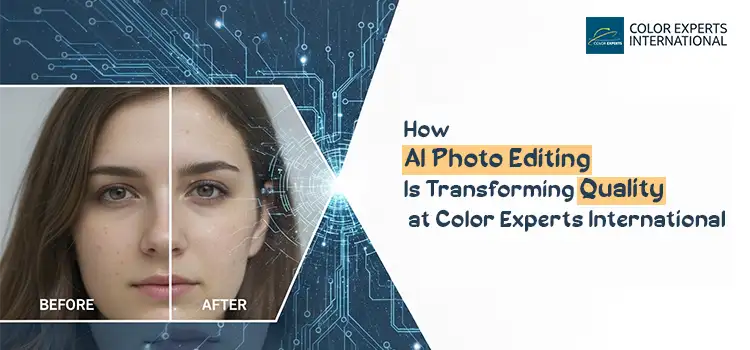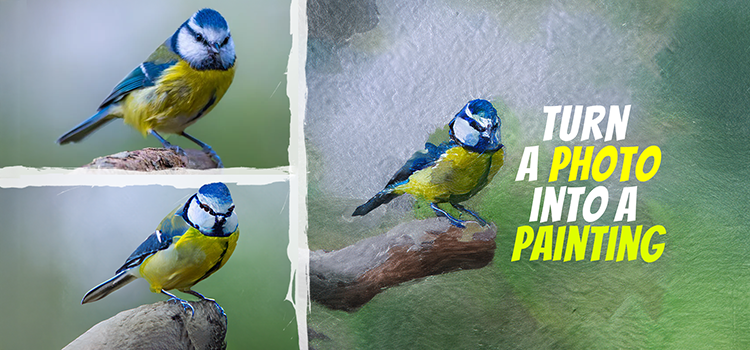How to Clean Your Camera Lens: A Detailed Guide

Making sure your camera lens stays clean is super important for snapping clear and awesome photos. You might notice blurry spots or weird light reflections in your pics when your lens gets all gunky. This can happen to any type of camera lens.
In this blog post, we’ll chat about why it’s key to keep your lens clean and we’ll walk you through the best way to do it. We’ll talk about the tools you need and give you simple steps to follow.
By the end, you’ll be a pro at keeping your lens squeaky clean and your photos looking top-notch.
Types of Dirt and Damage That Affect Your Camera
Your camera lens can get dirty in many ways, and each type of dirt or damage affects your photos differently. Here are some common problems:

Dust: Tiny particles in the air can settle on your lens. Dust usually causes small, soft spots in your photos.
Fingerprints: Fingerprints are oily marks from your fingers. They can smear on the lens and blur your images.
Grease: This can come from cooking or other oily environments. It creates a film over the lens that blurs your photos.
Water Spots: If your lens gets wet and dries without proper cleaning, water spots can form, leading to blurry areas.
Scratches: Hard objects like keys or sand can scratch the lens. These scratches can cause permanent marks that might show up in your pictures.
Materials Needed for Cleaning Your Lens
To clean your camera lens properly and safely, you’ll need the right materials. Here’s a list of essentials:

Microfiber Cloth: This soft cloth is perfect for wiping your lens without scratching it.
Lens Cleaning Solution: It is a special solution for camera lenses. It helps remove oily fingerprints and stubborn stains.
Air Blower: Use this tool to blow away dust without touching the lens. It’s great for removing loose particles.
Soft Brush or Lens Pen: A soft brush or a lens pen can help brush away dust without scratching the lens surface.
Cleaning Swabs: They are useful for reaching tight spots around the lens. They also help with tougher stains.
Step-by-Step Guide to Cleaning Your Lens
Cleaning your camera lens is straightforward if you follow these simple steps. Here’s how to do it safely and effectively:

Blow Off Dust:
Begin by using an air blower to get rid of any loose dust on the lens. Hold the blower a few inches away from the lens and give it a gentle squeeze. This way, you won’t scratch the lens by rubbing away tough particles.
Brush Away Loose Particles:
Gently sweep the lens with a soft brush or a lens pen. Make small circles from the middle to the edges. This will help get rid of any dust the blower missed.
Clean Fingerprints and Stains:
Put a bit of lens cleaner on a soft cloth (never on the lens itself). If you don’t have any cleaner, just use a dry cloth.
Clean the lens softly by moving your cloth in circles from the middle to the sides. This way, you can get rid of fingerprints and greasy spots without making a mess.
Deal with Stubborn Stains:
If you find a stubborn spot, grab a lens-cleaning swab. Wet the swab with a little cleaning solution if you need to.
Lightly pat and swipe the stain in a circular motion. Take your time and steer clear of applying too much force, as it might harm the lens.
Tips for Keeping Lenses Clean Longer
Keeping your camera lenses clean helps in two ways. It makes pictures clearer and extends your equipment’s life. Here are some practical tips to maintain lens cleanliness:

Use Lens Caps: Always put your lens caps back on when you’re not using the camera. This simple practice protects the lens from dust, scratches, and accidental fingerprints.
Store Properly: Store your camera and lenses in a cool, clean place. Put them in a soft camera bag for safekeeping and travel. This helps keep them clean and safe from falls.
Avoid Exposure to Dirt and Debris: Pay attention to where you’re shooting. Try not to switch lenses when it’s dusty or windy. If you really need to change lenses outside, make sure to protect your camera from the wind or dust.
Regular Checks: Make it a habit to check your lenses for dirt or smudges before and after using your camera. Catching dirt early can prevent damage and save time in post-processing.
Use UV Filters: Consider using UV or clear protective filters on your lenses. These can protect the front element of your lens from scratches and dirt. They are easier and cheaper to replace if damaged.
Handle with Care: Always handle your lenses with clean hands. Avoid touching the glass elements and hold the lens by its edges.
Scheduled Cleanings: Even with good precautions. It’s wise to clean your lenses often. Set a schedule based on how often you use your camera. More use means more cleaning.
Common Mistakes to Avoid While Cleaning Camera Lens
When you clean your camera lens, it’s super easy to mess up and damage the lens or mess with your photos. Here are some things to steer clear of:

Using Rough Materials: Don’t ever use paper towels, tissues, or rough cloths to wipe your lens. They could scratch it. Just stick to a soft, lint-free microfiber cloth.
Applying Too Much Pressure: Be gentle when wiping your lens. Applying too much pressure can damage the lens coating or the lens itself.
Using Household Cleaners: Avoid using household glass cleaners or alcohol on your lens. These can strip away the protective coatings. Use a cleaning solution made for camera lenses.
Touching the Lens Often: Try to minimize direct contact with the lens. The oils from your fingers can leave smudges that are hard to clean.
Cleaning Unnecessarily: Over-cleaning can wear down the lens coatings. Clean your lens only when you notice dirt or smudges.
Ignoring the Lens Cap: Don’t forget to put on the lens cap when you’re not using the camera. Make sure to keep your lens safe by using the cap. This way, you can avoid getting any scratches or dust on it.
Not Checking the Cleaning Tools: Make sure your cleaning tools are clean. Also, check that they are free of debris before using them on your lens. Even a small particle on a microfiber cloth can cause scratches.
To Conclude
Make sure to keep your camera lens nice and clean to take awesome photos and make your gear last longer. Just learn about the types of dirt and damage. Get the right stuff and follow an easy cleaning routine. This will keep your lens in top shape.
Don’t forget to steer clear of simple slip-ups like using harsh materials or pressing too hard. Try out some easy tricks to keep your lens in top shape—like using lens caps and storing your camera the right way.
With these tips, you can keep your camera lens in great condition and snap stunning photos every time.
FAQs
How often should I clean my camera lens?
Clean your lens whenever you notice dirt, smudges, or dust affecting your images. For regular users, a quick check and light clean before each use helps.
Can I use my breath to fog the lens for cleaning?
It’s not recommended to use your breath. Moisture from your breath can leave residue or promote fungal growth. Use a lens cleaning solution or a dry microfiber cloth instead.
Is it safe to use alcohol to clean my lens?
Avoid using rubbing alcohol or any household cleaner as they can damage the lens coatings. Use a specialized lens cleaning solution designed for camera lenses.
What should I do if my lens gets wet?
Gently blot the lens with a microfiber cloth to absorb the water. Avoid rubbing as it may spread contaminants. After blotting, let the lens air dry before any further cleaning.
How do I remove a stubborn stain from my lens?
For tough stains, use a lens cleaning swab moistened with a small amount of lens cleaning solution. Gently dab and wipe in a circular motion. Be patient and avoid excessive pressure.
Can I use a shirt or other fabric to wipe my lens in a pinch?
It’s better to avoid using clothing or mystery fabrics. They may have dust or fibers that can scratch the lens. Always try to use a microfiber cloth.
What’s the best way to prevent dust from getting on my lens?
Use lens caps when not shooting. Store your camera in a dust-free bag or case. Also, avoid changing lenses in dusty or windy places.







